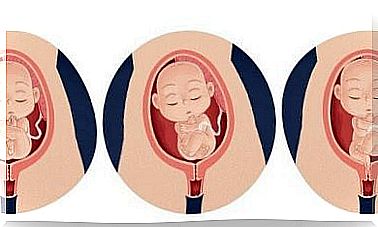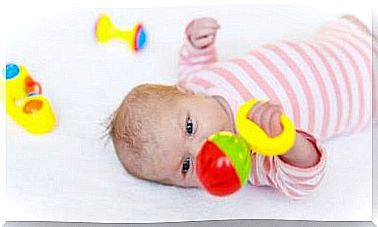The Learning Technique VVV Teaches Children To Reason
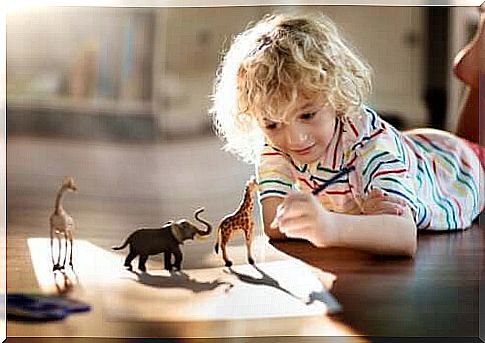
In the field of education, there are many strategies and methods for teaching children learning. Many of them aim to achieve meaningful learning through a pleasant, creative and fun process. In that sense, the VVV learning technique is a useful and innovative tool that helps children learn the connections that exist between the different parts of a whole, while at the same time being able to use their imagination.
The learning technique VVV: what I see, what I do not see, what I assume
The learning technique VVV helps to create a connection between different elements or aspects and aims to create an overall understanding of a subject. In other words, one learns about the possible relationships that can exist between the various components that make up a larger unit. To do this, the student must use hypothetical, creative and critical reasoning.
The VVV learning technique consists of three elements:
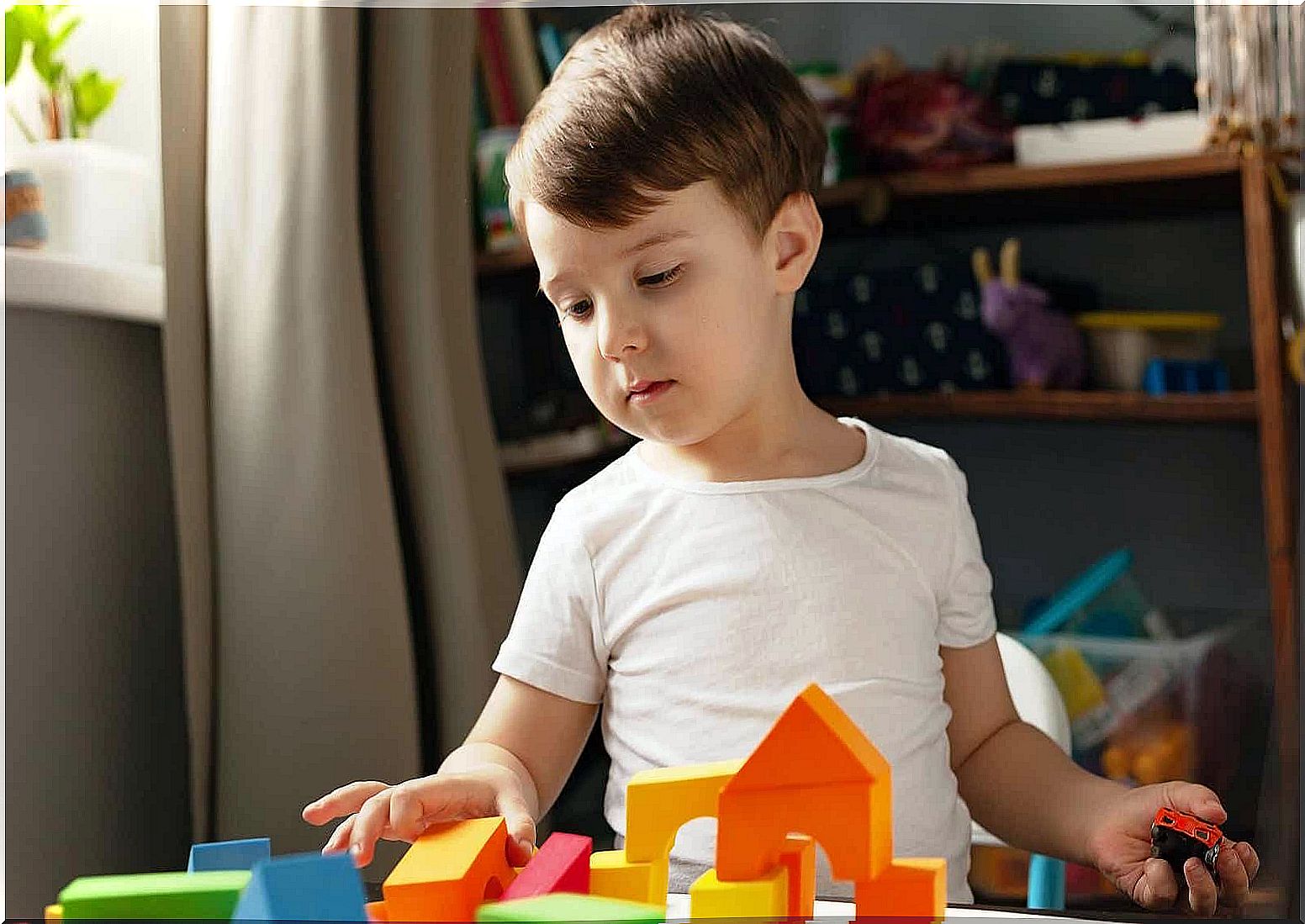
- What I see : everything I can see with the naked eye, ie what I observe, know or know about the subject in question.
- What I do not see : everything that I can not directly observe or appreciate. Everything that does not explicitly exist in the subject, which does not mean that it does not exist or that it does not exist. For example, I may know what a product or object consists of, but do not know how it is made or constructed.
- What I assume (the conclusion) : everything I can derive from a topic or a specific situation. I can do this by connecting what I see and what I do not see. In other words, it is these first two elements that enable me to draw a conclusion on the whole subject.
Advantages and benefits of using the VVV learning technique
This strategy is very suitable for early levels of education, but it is also very useful even at higher levels, such as universities. This is because it is a strategy that makes the student reflect, investigate, evaluate and establish relationships and hypotheses.
The method helps children to find solutions to a problem and draw conclusions about a situation. This is also the biggest advantage of this strategy, which encourages the use of imagination and creativity in the children’s learning process.
Another of the advantages of the VVV learning technique is that it enables a progressive development of the children’s ability to question. Thus, it helps the development of critical thinking.
In addition, when children answer the questions that this technology consists of, they use their previous knowledge. This prior knowledge helps them to better understand the new knowledge, and teaches them to rework or reject it.
This technology for learning is also very useful when a teacher has to introduce a new subject in school. Namely, the strategy can make it easier for the teacher to capture the children’s full attention and encourage them to find all possible meanings, related concepts and connections that form the basis of this new subject.
How do I apply the VVV learning technique?
You start by presenting the subject or situation you want the child to learn. You do this together with a picture. Then use the three elements that make up the learning technique VVV in the form of questions: What do you see? What do you not see? What can you assume?
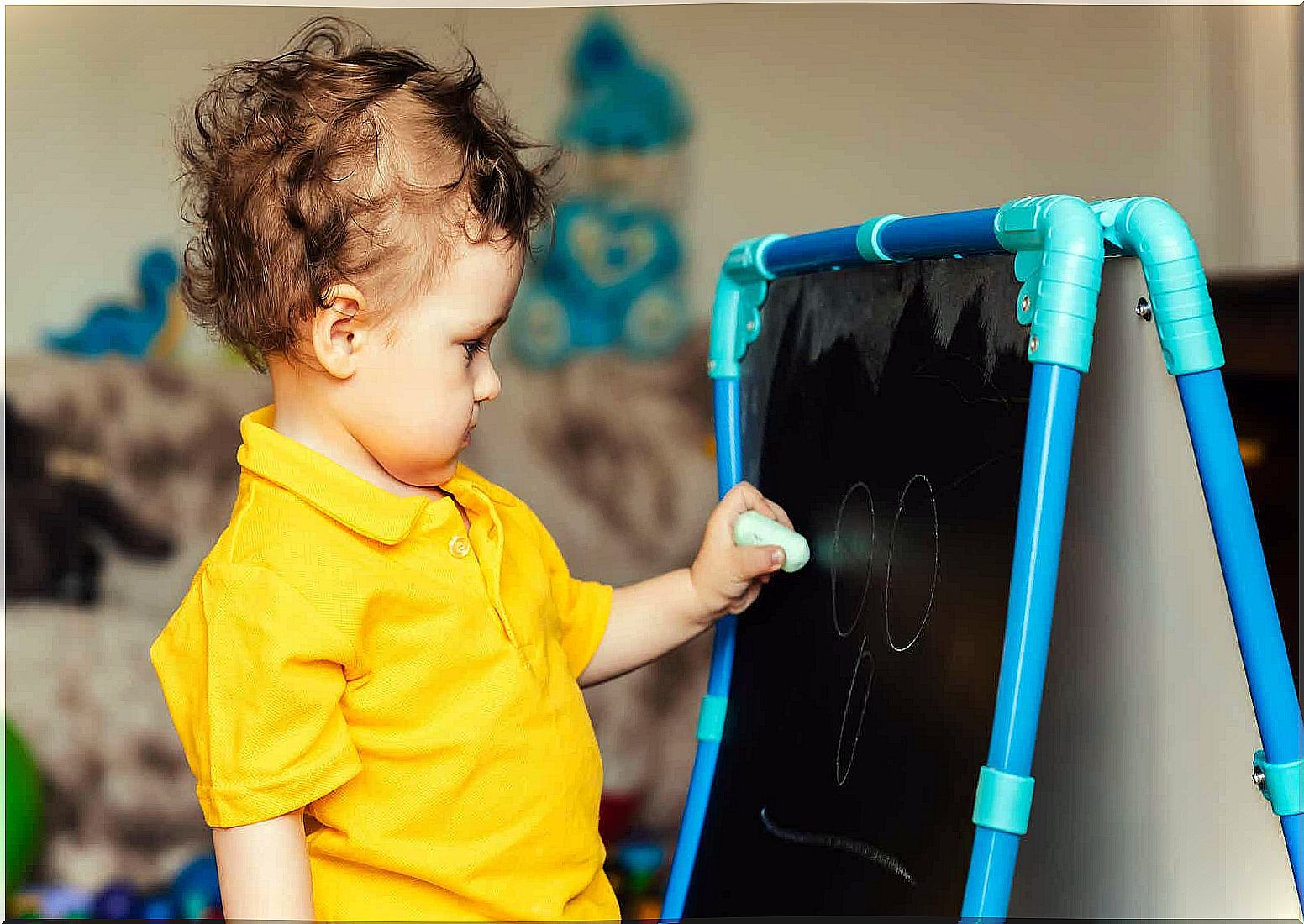
Consequently, it is very helpful for the teacher to use the blackboard to write down everything the children say. You can also create an overview with a diagram for the main subject where you write down the questions on a page and the children’s answers to each question. This helps the children to organize the knowledge and get a better perspective on the subject.
An example of a topic
A teacher can apply this learning technique during an introductory lesson where children will learn about different animals and how they reproduce and how they eat. To do this, the teacher can show a picture or photograph to the class, for example on a stationary horse on a plain with a lot of grass. Then the children have to answer the three questions:
- What do I see: an animal with four legs; around there is only grass.
- What I do not see: I do not see how the horse was born or how it reproduces or how it breathes. Even though I see grass around it, I’m still not sure what it eats.
- What do I conclude : it is a mammal. Why? Because it is an animal whose reproduction takes place through internal fertilization and not of eggs. And if it’s surrounded by grass, maybe it’s a herbivorous animal?
It is during the last point that the students should draw their conclusion by deriving and relating the first two questions. And this is the strong point of the VVV learning strategy. It makes children let go of the imagination and lets the brain work and thus trains itself to reason about a subject.


